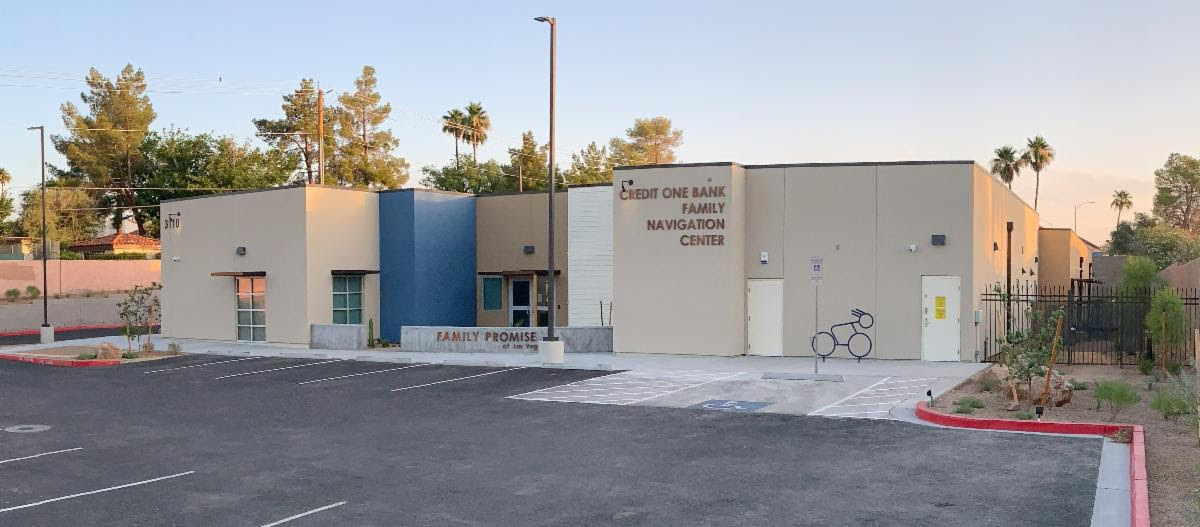Las Vegas is usually pulsing with life. Twinkling lights, dancing fountains, and the racket of casino gambling floors are the usual backdrop of Sin City. However, a hush has fallen over Las Vegas since the COVID-19 outbreak, and many residents are looking for a new way to feel that pulse of life. A few hours from the city is Great Basin National Park, 77,000+ acres teeming with life and the echoes of history. The park is reopening withs some restrictions to the public, allowing much-needed access to the great outdoors. Visitor centers and campgrounds will remain closed until further notice. Ranger programs and cave tours hope to resume in the near future. The park is currently open for day use only. Day use is defined as 1 hour before sunrise and 1 hour after sunset.
Behind the Great Basin
The textured history of the Great Basin begins 10,000 years ago when Native Americans settled the area. Flash forward and gold was discovered in the 1870s leading to the construction of mines and European homesteads. Caves were also discovered nearby with artifacts dating back nearly 800 years. Skip ahead another century or so to 1986 and the Great Basin is officially recognized as a National Park, including the nearby cave sites.

Ancient People
Considering how long this area has been inhabited by humans, it should come as no surprise that there are some incredible remains of civilization inside the park. Baker Village is the remains of a Fremont Indian village dating from 1220-1295 AD. The village was organized around a central, main house with pit houses and granaries surrounding it, very similar to modern city planning. The Fremont practiced a form of agriculture not too far removed from the techniques settlers used in the gold rush centuries later. The site was excavated by Brigham Young in the mid-1990s and then refilled with the original soil. Visitors can walk around Baker Village and explore how ancient humans used to live and work. Artifacts can be found on the ground throughout the village but cannot be removed from the site.
Striking it Rich
More experienced hikers can climb 11,000 feet to explore the Johnson Lake Historic Mining District. At the end of the Snake Creek Trail, there is an additional road that continues up another 2,700 feet to the archeological site. Here, adventurers can investigate the mining ruins, log cabins, old equipment, and aerial tramways used when the district was in full swing. The area was settled in the early 1900s after tungsten was discovered. The tungsten was mined, extracted, and milled in buildings on site before being shipped off to refineries. It was refined into alloy steel that was eventually turned into weapons, munitions, and tanks for World War I.
The Prometheus Story
The sage-covered slopes of Wheeler Peak and the surrounding basin are home to a primordial marvel. Bristlecone pines draw hundreds of naturalists to the park every year. The trees grow into haunting, twisted shapes at high altitudes and use what is called “sectored architecture” to survive in the harsh landscape. Basically, that means the tree roots only feed the section of the tree that is directly above it. If one root dies, the rest of the tree keeps on living. This spectacular adaption allows these trees to live for up to 5,000 years. One of the oldest and most visited trees was named Prometheus. After Prometheus’ death, cross-sections of the tree revealed it was 4,847 years old. Today, mountaineers climb to these high altitudes and traverse the Bristlecone forests in wonder.

Caving in the Great Basin
Although the Lehman Caves are currently closed due to coronavirus concerns, there is hope to reopen the caves this summer as soon as it is socially responsible. Despite the name, the Lehman Caves are actually 1 large cavern that burrows a quarter of a mile into the Snake Mountain Range. The geological structures are easily viewed from a well-maintained stone path through the caverns. Stalagtites, stalagmites, flowstone, and soda straws are just a few of the structures created by the dripping water seeping through the porous stone. Discovered in the late 1880s, the caves were protected as a national monument for 60 years before becoming a part of the Great Basin National Park.



